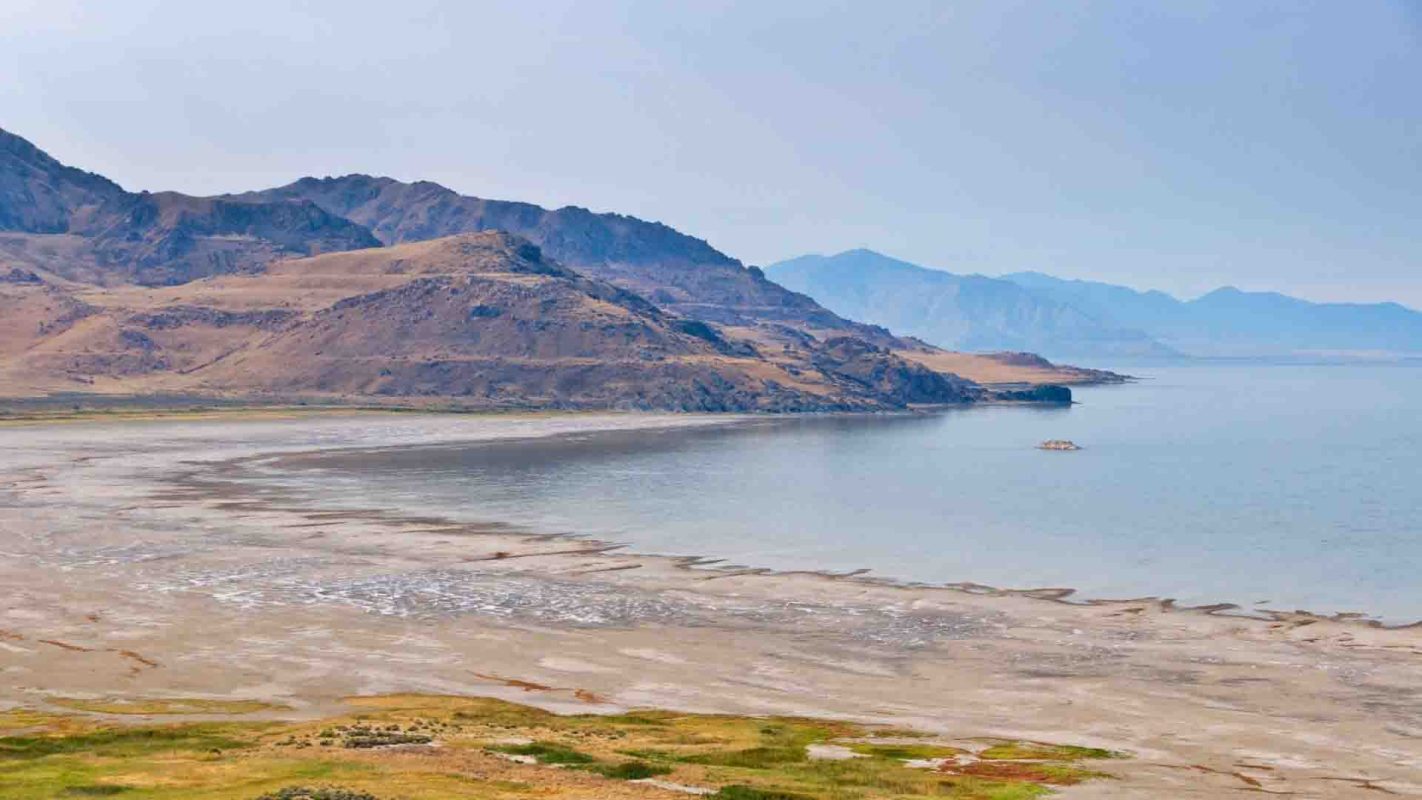Utah's Great Salt Lake is in serious danger of disappearing within the next five years if it doesn't get a "dramatic" influx of water by 2024.
The power to do something about it, however, lies not in the hands of the researchers but rather in the hands of state politicians. So it is to those politicians that researchers and conservationists are making a desperate appeal.
"We're not at a time where we can take another five or ten years to understand the problem. We've got to act now," Ben Abbott, a professor of Aquatic Ecology at Brigham Young University and the lead author of a report co-authored by dozens of scientists, told The Salt Lake Tribute.
If the lake does dry up completely, the consequences would be dire. The report from Abbott and his colleagues shows that such an event would decimate local wildlife as well as millions of migrating birds. It would also greatly exacerbate the ongoing problem of toxic dust that has come loose from the drying lakebed and blown across the West, worsening air quality.
That's not to mention the economic losses that the state would face by having its lake-based industries — including the mineral extraction and aquaculture industry — wiped out.
All in all, doing everything possible to save the Great Salt Lake seems like a no-brainer. But scientists say that the government still hasn't done nearly enough. And, worryingly, the state's official Department of Natural Resources Twitter account just made a post essentially denying that the problem even exists.
(🧵1/3) Great Salt Lake "disappearing in 5 years?" 🧐 Not likely! Active water management, inflow to the lake and structural modifications (like dikes along the shoreline) make a complete disappearance impossible. pic.twitter.com/NH2B1I9AFd
— Utah Department of Natural Resources (@UtahDNR) January 6, 2023
The report from Abbott and the other scientists calls for an emergency rescue where the state would pump a huge amount of water into the lake until it reaches a sustainable elevation. The lake currently sits 10 feet lower than its minimum healthy elevation.
Want more? Follow The Cool Down on Instagram and join our Weekly Newsletter for cool stories and easy tips that save you money, time, and our planet.








